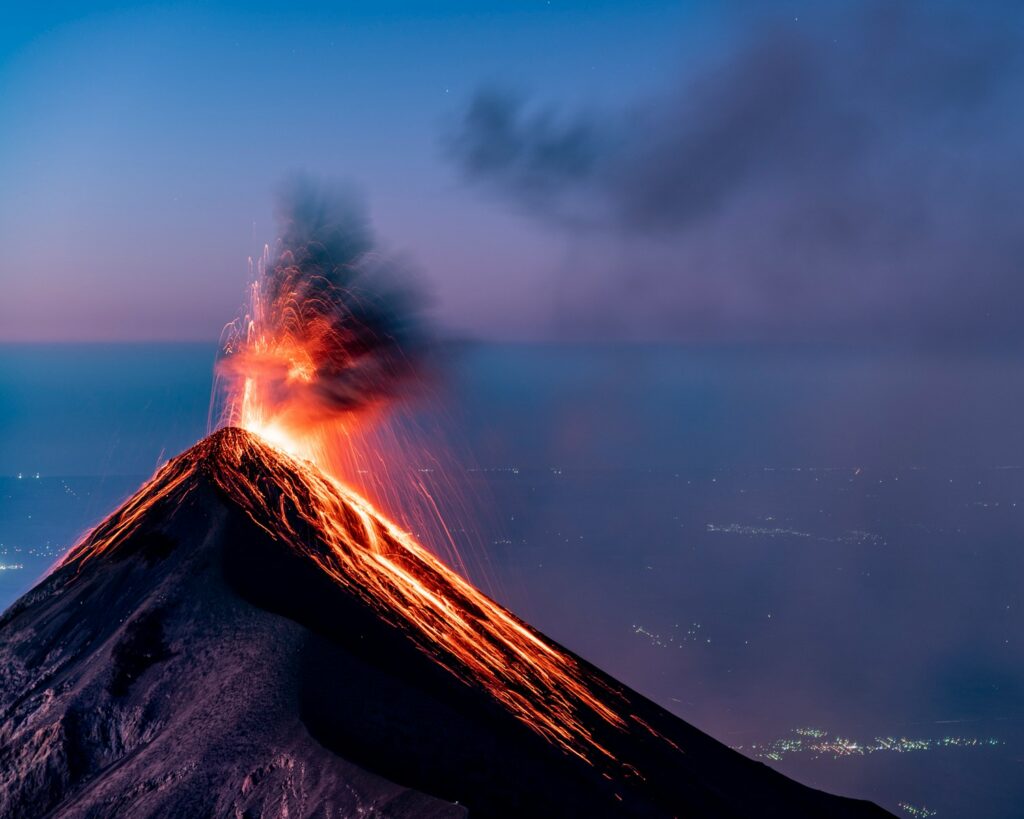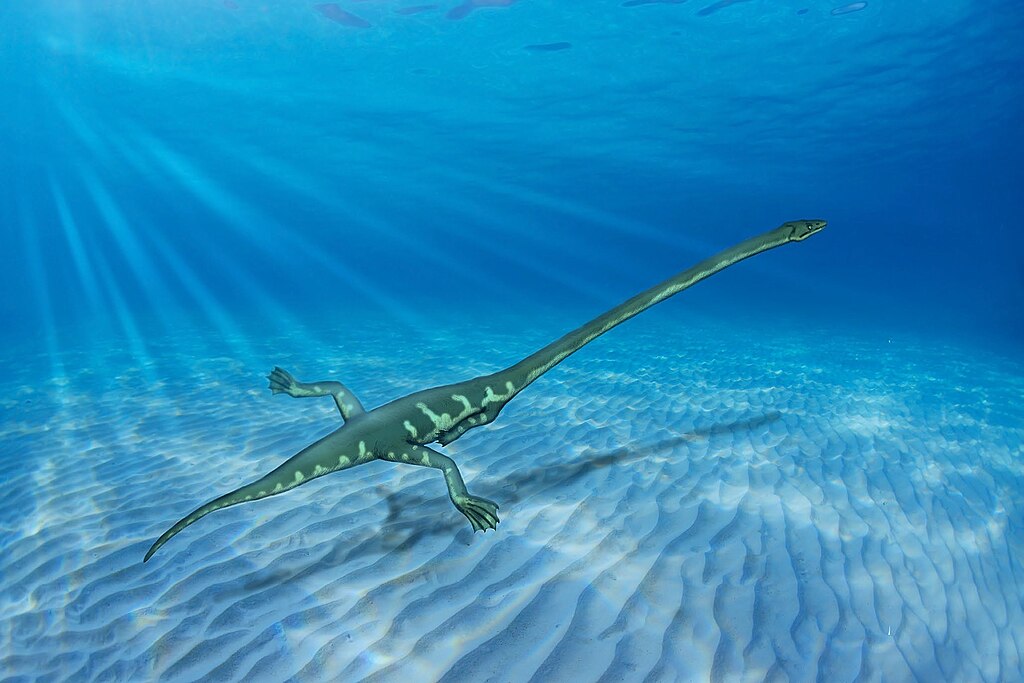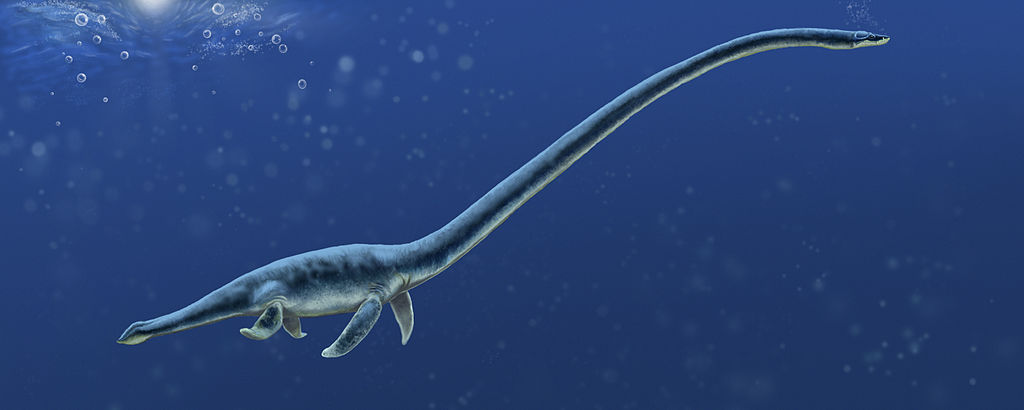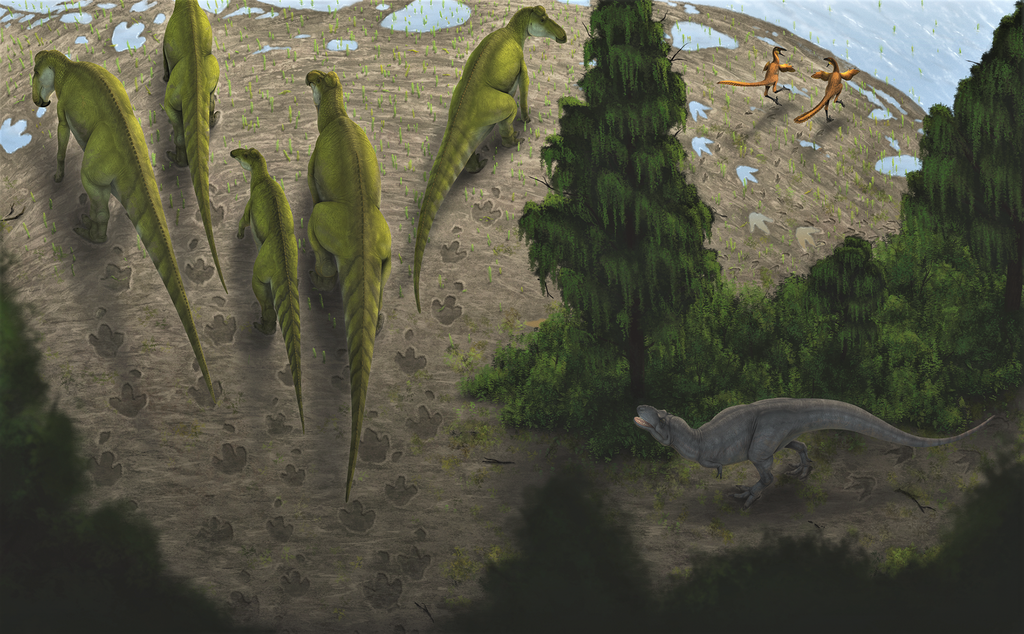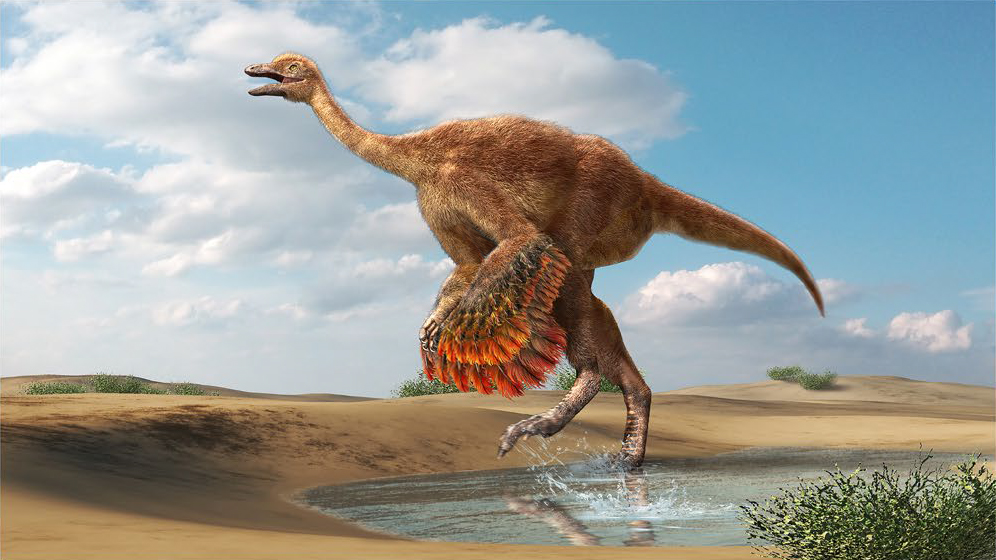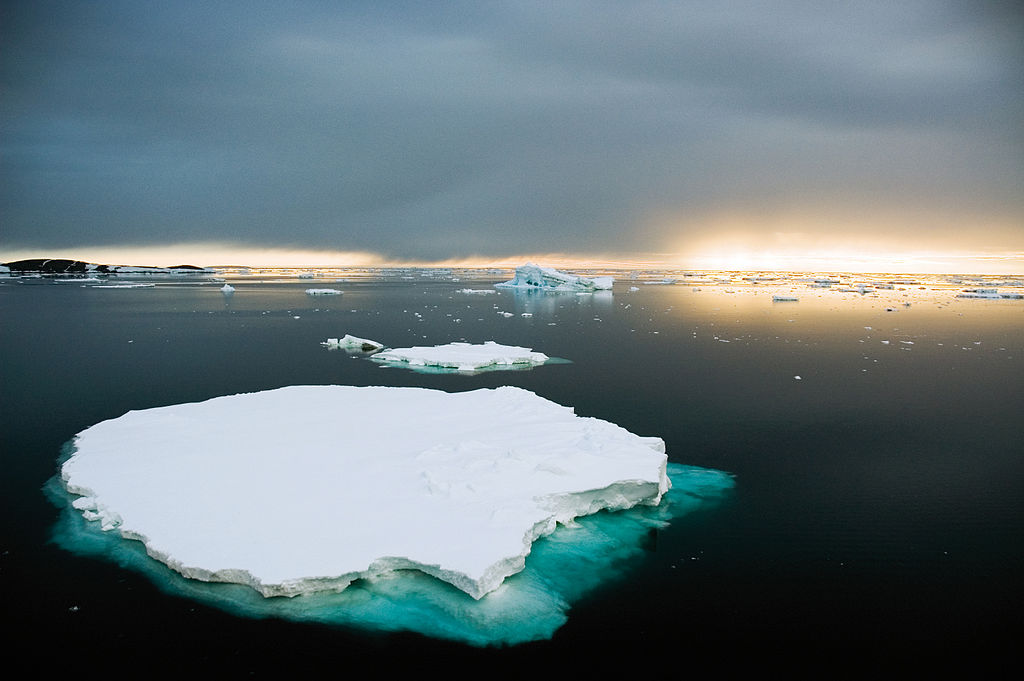Are Lizards Living Proof That the Age of Dinosaurs Never Really Ended?
The mighty Tyrannosaurus rex, the soaring Pteranodon, and the armored Ankylosaurus may have vanished from Earth 66 million years ago, but their legacy persists in ways many of us encounter daily. When we observe a small gecko climbing a wall or a bearded dragon basking under a heat lamp, we’re witnessing living connections to the ...


